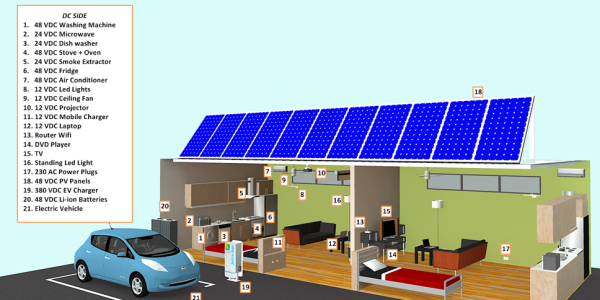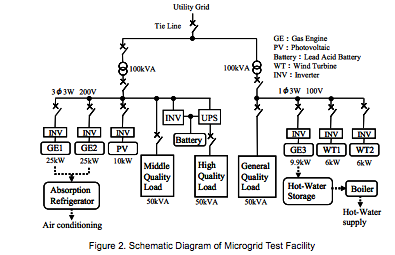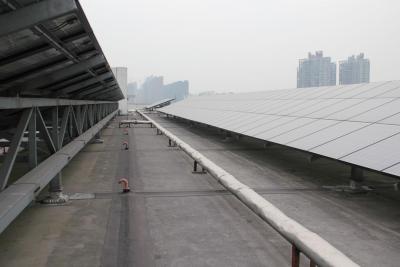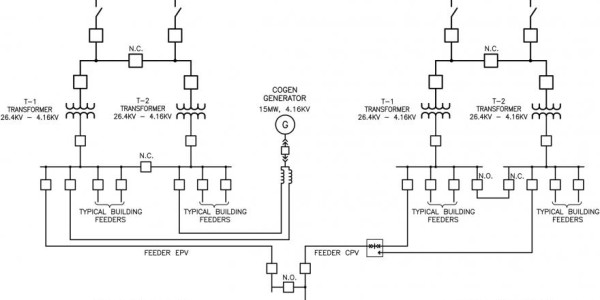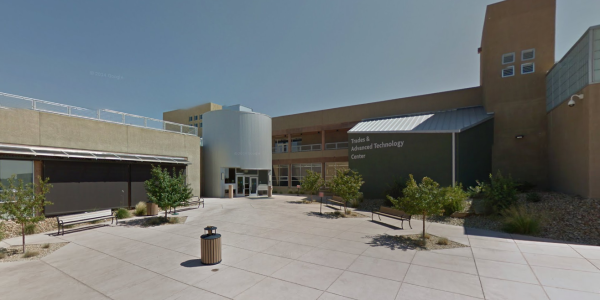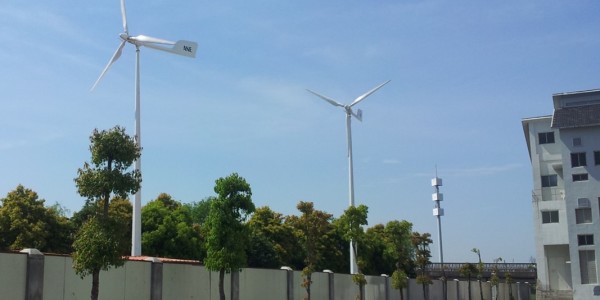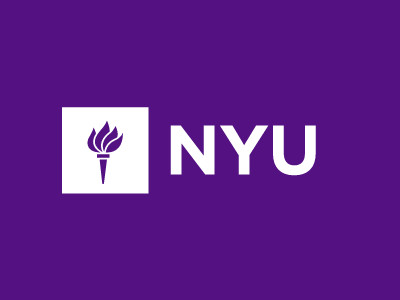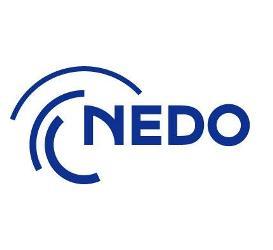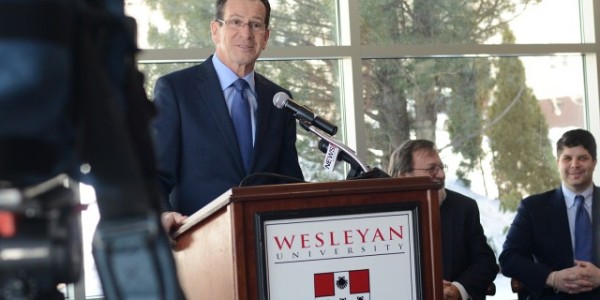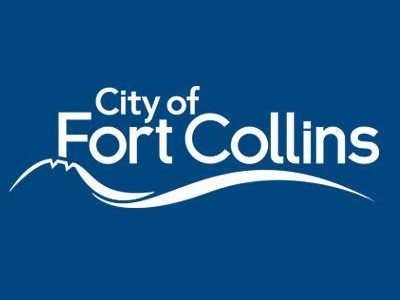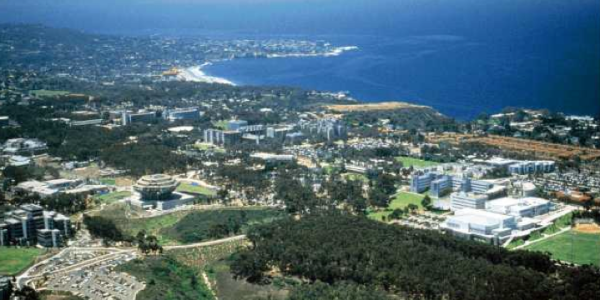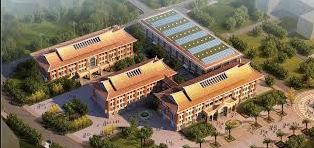The UCI Microgrid represents a special opportunity for testing how microgrids operate internally as well as how they interface with the rest of the future smart grid. The relationship between APEP and UCI FM has enabled the UCI microgrid to become a test bed for different technologies through the development of the UCI Microgrid model, deployment of advanced metering, and various pilot projects. In addition, the same substation that serves the UCI Microgrid also serves the Irvine Smart Grid Demonstration project allowing the UCI Microgrid to be tested in the context of smart grid features. The history of the UCI microgrid is also fundamental to its capability as a test bed. The original design and evolution of the campus provide an attractive platform to support a flexible and robust platform for the deployment and evaluation of the various technologies and circuit configurations emerging in the microgrid future.
Additional Details
Enterprise Energy Management System At present, APEP and the campus have partnered with MelRoK, LLC to provide an enterprise energy management solution capable of interfacing with UCI Microgrid modeling capabilities and allow real time information to inform the UCI Microgrid model (see UCI Microgrid Model and Simulation Assets section). This solution will consist of installing 100 advanced meters capable of delivering high resolution data to the UCI Microgrid model as well as sub‐metering building loads. The locations of these meters have been chosen based on a visibility study performed with the UCI Microgrid model. This solution will also incorporate existing meters already installed throughout the campus. The data from these meters will be presented to the UCI Facilities Management through MelRoK’s EnergiStream software. MelRoK’s system is equipped with Demand Response capabilities including Auto‐Demand Response. MelRoK’s system, in conjunction with the UCI Microgrid model, will provide the UCI Facilities Management team with information necessary to make decisions as more intermittent renewables are installed on the UCI Microgrid in addition to allowing the UCI Microgrid to operate as a smart power and demand response asset for the California Independent System Operator. Electric Vehicle Charging The campus has installed 8 Coulomb Technologies level 2 chargers that are open for public use. The APEP also administers the Zero Emission VehicleNetwork Enabled Transport (ZEVNET) program (Figure 5). This program currently involves a fleet of 77 advanced vehicles. The vehicles include battery electric vehicles (Scion iQ, Toyota Rav4), plug‐in hybrid vehicles (Toyota Prius Plug In), and fuel cell hybrid vehicles (Toyota fuel cell vehicles). Some of the vehicles in the program are used for research purposes only while others are used in a corporate ride‐share program.
Energy Efficiency and Demand Response UCI currently participates in the Better Buildings Challenge through the Office of Energy Efficiency and Renewable Energy in the Department of Energy. The program was launched in December 2011 by President Obama. The challenge is to reduce the energy consumed across the campus by 20% by 2020. The program works to match participants with solution providers to enable this challenge to be met. Thus far, UCI has not only met targets but reduced energy use by 10% despite adding one million square feet. The Natural Sciences II building has also served as a showcase for the Better Buildings Challenge as a result of the Smart Labs Initiative instituted there. UCI also participates in demand response programs through, EnerNOC, a registered demand response provider for Southern California Edison. The campus has nominated 700kW of demand response so far. This is achieved in various ways involving the steam turbine, HRSG, chiller plant, and thermal energy storage tank. UCI also has plans to implement demand response at the building level using MelRoK’s technology.
13.5 MW gas turbine
893 kW of fixed panel solar photovoltaic installed on the rooftops of 12 buildings
heat recovery steam generator (HRSG)
duct burner
5.5 MW steam turbine
113 kW of concentrated solar photovoltaic with two‐axis tracking was installed in 2012
Hydrogen fueling station
2.8MW of fixed solar PV is scheduled for installation this calendar year
Location
UC Irvine, Irvine, CA, United States
